Holmarc
5 résultats affichés
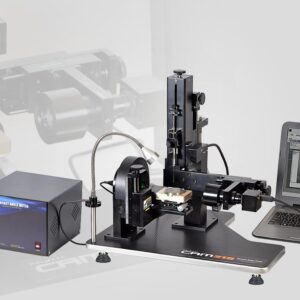
Holmarc Contact Angle Meter
Holmarc’s Contact angle meter (Mesureur d'angle de contact Model No: HO-IAD-CAM-01BC) is an advanced model that features dynamic contact angle measurements with motorized precise tilting for the substrate holder, dispenser to camera positioning unit (camera can be positioned at different angle for drop imaging), automated dispenser and temperature control. Advancing and receding contact angle can be measured at different angle (Image acquisitions are also automated) and roll-off angle can also be measured.
We are using a sessile drop optical method to find out the contact angle meter but we can incorporate a pendant drop method to find out surface free energy. Additional feature from the Model: HO-IAD-CAM-01A is that this model is equipped with temperature control for the substrate holder (up to 100 degree Celsius from ambient).This proves to be ideal for the study of contact angle variations with respect to temperature. Motorized syringe pump is provided in the equipment for precise dispensing and camera interface for measuring contact angle of liquids on solid surfaces. Video capturing and video image processing features are included in Holmarc Contact angle analysis software.
The surface over which contact angle is to be measured can be rotated through 180 degree from its horizontal position for advancing and receding contact angle by tilt plate method and roll-off angle can also be measured. Three chromatographic syringes with 50 micro litre, 100 micro litre and 250 micro litre capacity are supplied along with the equipment. The wettability of a droplet is also dependent on the substrate in contact with the liquid. We provide three different substrates along with the equipment - made of aluminium, brass and stainless steel. However, the substrate according to customers’ choice can also be loaded into the equipment.
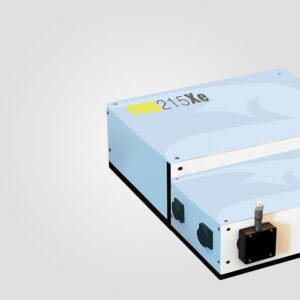
Holmarc Fluorescence Spectrometer
Holmarc's fluorescence spectrometer (Spectromètre à fluorescence model HO-SP-FRS-215Xe) is manufactured for advanced material research as well as for routine biochemical analysis. The instrument incorporates latest designs and techniques in all its eight modules namely source, entrance slit, excitation monochromator, sample chamber, emission monochromator, detector, control electronics and software.
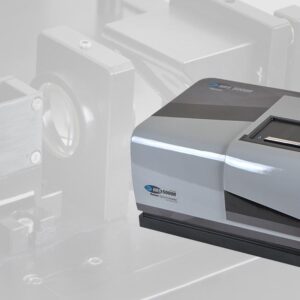
Holmarc Laser Raman Spectrometer
Holmarc’s Laser Raman Spectrometer (Spectromètre laser RAMAN Model No:HO-EDS-06) is a useful instrument for the identification of wide range of substances in physics and chemistry laboratories. The procedure followed in this equipment is illuminating a sample with DPSS green laser and using a monochromator to examine the light scattered by the sample. It is a straight forward, non destructive technique requiring no sample preparation.
This spectrometer is designed for recording raman emissions from solids as well as liquids when a laser beam is passed through the sample. The apparatus suits Chemistry as well as Physics labs for characterizing materials by recording raman emissions. The set up consists of 40mW DPSS laser (532 nm), collection optics, sample mount, stages, monochromator and detector.
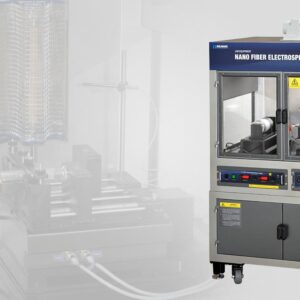
Holmarc Nano Fiber Electrospinning Unit
Holmarc’s HO-NFES-040 model electrospinning equipment is a complete unit for Nanofiber electrospinning (Unité d'électrofilage de nanofibres).
It is used to make nano and micro fibers ranging from 50nm to 5 microns in diameter. Many kind of polymers like Protein nanofibers, carbon nanotubes, inorganic nanofibers etc. can be synthesized using our nano fiber electrospinning unit. Our equipment uses horizontal spinning when compared to other equipments available in the market. This technology assures the quality of the spun fibers with no dip and uneven diameter.
Its user friendly software, task oriented design, ease of operation and competitive pricing are certain features that place our equipment ahead of other products available in the market. Holmarc’s HO-SPLF4 model syringe pump render a smooth and uninterrupted flow enabling uniform spinning. HMPSKV30 model high voltage power supply delivers 0-30 KV output voltage range with a maximum current capacity of 0.5 mA. A stationary target, an vertically moving target and Rotating mandrels of six different diameters are supplied along with the unit.
HO-FH-01 model fume hood provides an enclosed atmosphere with transparent side walls to monitor the electro spinning process. The inbuilt heater can raise the process temperature up to 45°C. A common electronic control unit is integrated within the hood. The hood also has features like exhaust fan, granite work surface and optional features like high bright halogen lighting, duct of custom dimension to be connected to an exhaust duct available onsite etc.
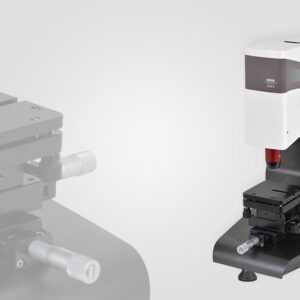
Holmarc Near Normal Spectroscopic Reflectometer
Near Normal Spectroscopic Reflectometer (Réflectomètre spectroscopique proche de la normale) is a fundamental instrument used for thin film thickness analysis for industry & research. Holmarc’s NNSR (Model No: HO-NNSR-02) is able to analyze thin film’s thickness, complex refractive index & surface roughness with high speed & repeatability. NNSR theory works with complex matrix form of Fresnel equations. Absolute reflectance spectroscopy is the principle behind Reflectometer; which is the ratio of the intensity of the reflected light beam (usually polychromatic) to the intensity of the incident beam. Light beam which normally incident on the sample surface in turn reflect from top & bottom of the thin film which get interfered & is directed through optical fiber (Bi-furicated fibre) to CCD attached spectrometer via computer. On the monitor we get spectrogram with interference oscillations directly proportional to thin film thickness.
Holmarc’s Reflectometer can be used to analyze single, multi-layer, free standing & rough layer thickness of various stacks such as dielectric, crystalline, amorphous, metallic & absorbing samples. It also finds absolute transmittance & absorption directly for linear di-electric thin films. Roughness treatment is done with EMA modeling such as linear, Bruggemann & Maxwell garnet approximations. Manual scanning is provided for finding out roughness & uniformity of thin films. Without refractive index or any other optical properties, NNSR is able to find the thickness of thin / thick film & estimate its optical properties.
